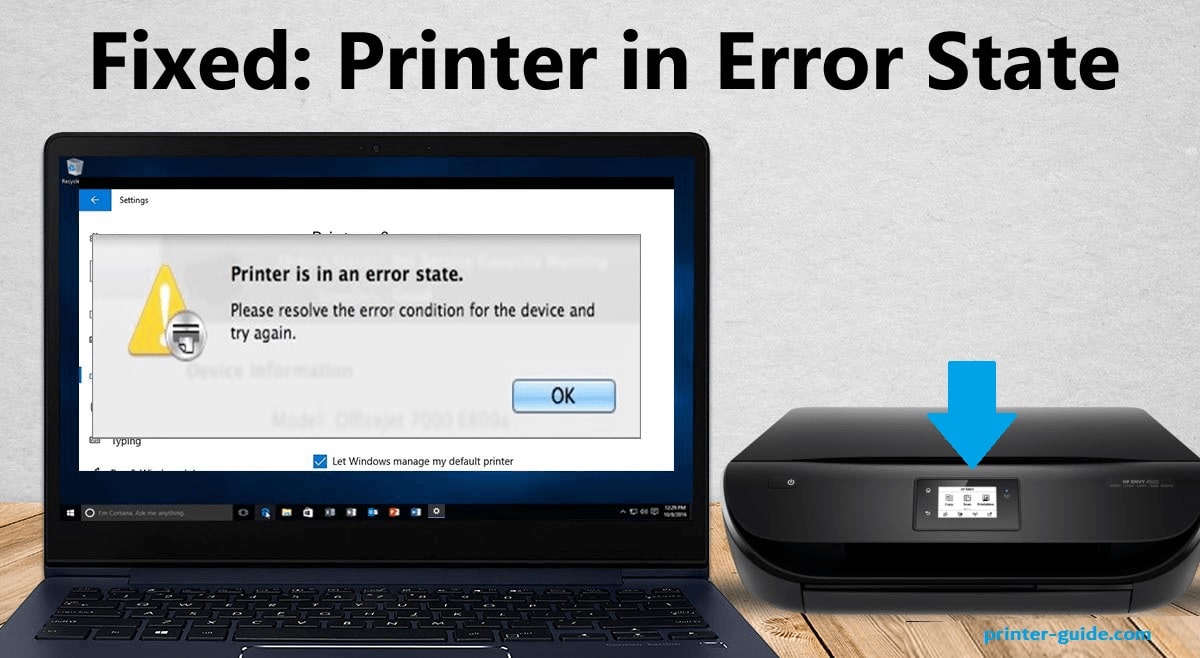The Internet can be described as a global network of millions of devices which are interconnected. But how does it work? In this technical overview, we’ll take a closer look at the World Wide Web and its inner workings.
What is the Internet?
The internet is a system adopted universally and comprises a number of computers that share information in accordance with the set protocols. These protocols are the guidelines that enable various devices to have a mutual format of explaining information. The internet links devices with the usage of Local Area Networks or LANs and Wide Area Networks or WANs.
The Basics of Internet Communication
If one accurate thing can be said about the internet, it is that fundamentally it is about communication. Computers, smartphones, servers and other devices that form the internet’s infrastructure use a language known as the Internet Protocol or IP to get information. Every connected device has its IP address which is rather like a street address; other devices can use it to locate the device and communicate with it.

How Data Travels on the Internet
When you want to send a message or when you want a page, your machine divides all the data into smaller units called packets. Every packet holds segmentation of the data and destination IP address. They move through the network and jump from one router to another until they get to the intended receiver. There, the packets are reconstructed in order to form the complete message or a web page as the case may be.
The Role of Internet Service Providers (ISPs)
Internet Service Providers (ISPs) are companies that provide internet access to homes and businesses. They connect your device to the larger internet infrastructure. ISPs maintain networks of routers and cables that carry data to and from your device. For example, if you’re considering switching your internet provider, you might want to compare dodo plans nbn to find the best deal.
Types of Internet Connections
There are several types of internet connections, including:
- Dial-Up: An older technology that uses telephone lines to connect to the internet. It’s very slow compared to modern connections.
- DSL (Digital Subscriber Line): Uses telephone lines but provides much faster speeds than dial-up.
- Cable: Uses the same cables as cable TV to provide high-speed internet.
- Fiber-Optic: Uses thin strands of glass or plastic to transmit data as light, offering extremely fast speeds.
The Domain Name System (DNS)
The Domain Name System (DNS) is like the internet’s phone book. It translates human-friendly domain names, like www.example.com, into IP addresses that computers can understand. When you type a web address into your browser, your device sends a request to a DNS server, which then returns the corresponding IP address.
How DNS Works
- User Types a URL: You type a web address into your browser.
- Browser Queries DNS Server: Your browser sends a request to a DNS server to find the IP address associated with the domain name.
- DNS Server Responds: The DNS server returns the IP address to your browser.
- Browser Connects to Website: Your browser uses the IP address to connect to the web server and retrieve the webpage.
Understanding IP Addresses
IP addresses are like home addresses for devices on the internet. There are two types of IP addresses: IPv4 and IPv6.
IPv4
IPv4 addresses are 32-bit numbers, usually written in a format like 192.168.1.1. There are about 4.3 billion possible IPv4 addresses, which seemed like a lot when the internet was first created. However, we’ve since run out of available IPv4 addresses due to the rapid growth of the internet.
IPv6
IPv6 was introduced to address the shortage of IP addresses. It uses 128-bit numbers, allowing for an almost unlimited number of addresses. An IPv6 address looks like this: 2001:0db8:85a3:0000:0000:8a2e:0370:7334.
The Backbone of the Internet
The internet backbone is a network of high-capacity cables and infrastructure that connect different parts of the world. These cables are often laid under the ocean and across continents, carrying massive amounts of data at incredibly high speeds.
How the Backbone Works
- High-Speed Cables: Data travels through fiber-optic cables at the speed of light.
- Data Centers: Large facilities that house servers and networking equipment, acting as major hubs for internet traffic.
- Peering Points: Locations where different networks connect and exchange traffic.
The Role of Web Servers
Web servers are specialized computers that store websites and deliver them to users when requested. When you visit a website, your browser sends a request to the web server, which then sends back the data needed to display the webpage.
How Web Servers Work
- User Requests a Webpage: You type a web address into your browser.
- Browser Sends a Request: Your browser sends a request to the web server hosting the website.
- Server Processes the Request: The web server retrieves the requested data.
- Server Sends Data to Browser: The web server sends the data back to your browser, which displays the webpage.
How Internet Security Works
Security is a critical aspect of the internet. There are several layers of security to protect data as it travels across the network.

Common Security Measures
- Encryption: Data is encoded so that only authorized parties can read it.
- Firewalls: Security systems that monitor and control incoming and outgoing network traffic.
- Antivirus Software: Programs that detect and remove malicious software.
Secure Websites
Websites that deal with Your personal information, that is financially related websites such as online banking sites make use of HTTPS (Hypertext Transfer Protocol Secure) to encrypt information between the web server and Your browser. To check whether a website is secure there is a padlock icon that you need to look at at the bottom of the browser or at the address bar.
Key Takeaways
- The internet is a global network of computers that communicate using standardized protocols.
- Data travels across the internet in packets, hopping from one router to another until it reaches its destination.
- Optus internet home are examples of services provided by ISPs to connect users to the internet.
- DNS translates human-friendly domain names into IP addresses, allowing devices to find each other.
- Security measures like encryption and firewalls protect data as it travels across the internet.
The following writings aim to explain how the internet works and to explain the behind the scenes of the technologies we use today. The processes made easier are actually extraordinary and understanding them makes one realize how this world is run through technology.




